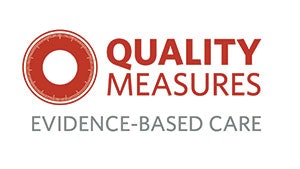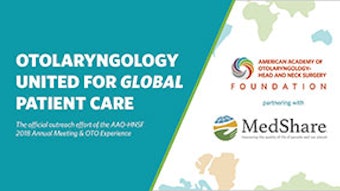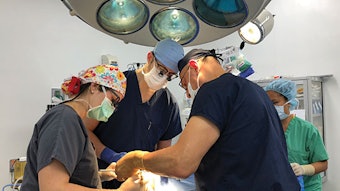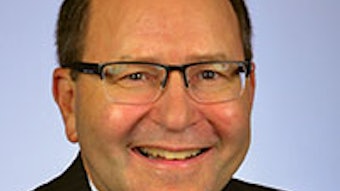The mechanics of measurement
AAO-HNSF is at the forefront of quality measure development. In 2017, the AAO-HNSF measures staff worked with our physician volunteers to develop specialty-specific measures that covered many areas of the specialty.
AAO-HNSF is at the forefront of quality measure development. In 2017, the AAO-HNSF measures staff worked with our physician volunteers to develop specialty-specific measures that covered many areas of the specialty. However, additional meaningful measures are still needed. The structure provided by the Clinical Advisory Committees (CACs) will ensure AAO-HNSF measures are member-driven, reflect gaps in care, and are grounded in best practice.

The easiest and most efficient way to collect data for a measure is to capture it from structured data fields within the EHR. Natural Language Processing (NLP) is available to pull keywords from the unstructured data in the history of present illness; however, this technology is not yet completely perfected. The AAO-HNSF’s measures staff work with our physicians and with our technology partner FIGmd to determine the best way to capture appropriate data for measures development.
The initial patient population defines the basic demographics and the specific characteristic(s). For example, “patients age two and over diagnosed with chronic otitis media (COM)” tells the Reg-entSM registry which data to first pull for the measure; in this case, the age and diagnosis code data fields. The initial patient population may or may not be the denominator for the measure calculation. The denominator includes all of those patients that have the characteristics where an action or outcome is expected. Exceptions and exclusions are needed to remove patients that qualified in the initial patient population but for whom the numerator may not apply. Using otitis media as an example, if the measure requires a hearing test for COM but the patient refuses testing, those patients are removed from the denominator so that the physician is not penalized in the calculation. Finally, a defined numerator is needed to capture the process, condition, event, or outcome that is expected for the denominator patients, such as receiving a hearing test.
After the specifications are developed, codes and keywords need to be assigned for data mining. Current Procedural Terminology (CPT) and International Classification of Diseases, 10th revision (ICD-10) codes, Logical Observation Identifiers Names and Codes (LOINC), international SNOMED codes, and RxNorm codes (if prescriptions are used in the measure) are all reviewed for inclusion. Hundreds of codes are considered for each measure and recorded in the Reg-ent Data Dictionary (DD). The DD and the specification logic are reviewed by members of the CACs and staff and ultimately help provide the directions for pulling the data from the EHR. All these data must be mapped from the EHR systems, and each system poses its own unique challenges.
The completion of the DD and mapping do not end the measure development. Data reports are generated and analyzed by measures staff for potential DD or mapping errors. An analysis includes looking at the measure scores to determine if rates are in harmony with expectations. Measures that capture what should have occurred result in higher scores unless the actions or outcomes are not being recorded or found in the data fields. Likewise, inverse measures capture data for patients who received inappropriate care. Therefore, scores for inverse measures that approach zero percent reflect the preferred standard of care.
This past year, AAO-HNSF staff worked vigorously alongside our physician volunteers to take on several projects simultaneously, which helped outline the most effective and efficient methods for measure development. An important component in our measures development process is incorporating key action statements from our clinical practice guidelines (CPGs). These evidence-based CPGs will play a tremendous role in the continuation of our measures development initiatives. AAO-HNSF measure development will also continue to benefit from the time and expertise of the CACs and member volunteers serving on our measure development work groups.
For questions regarding measures or measure development, email Measures@entnet.org.
















